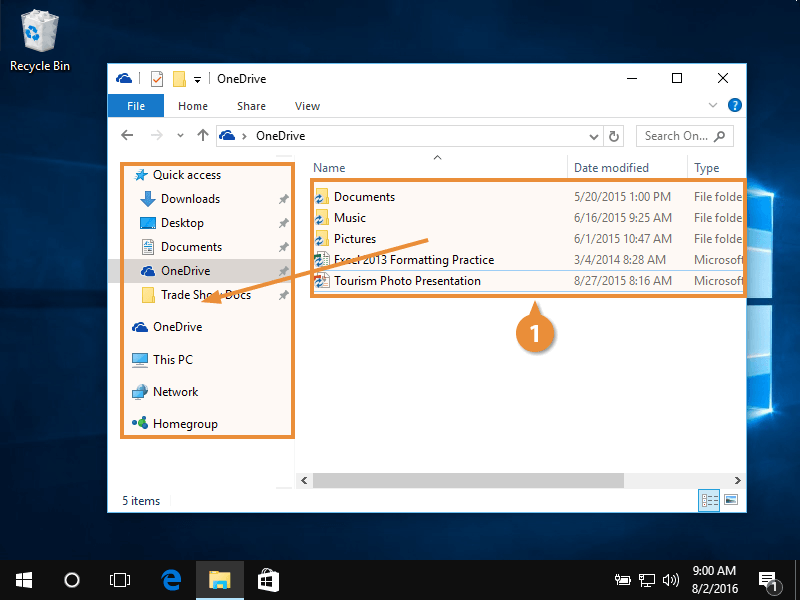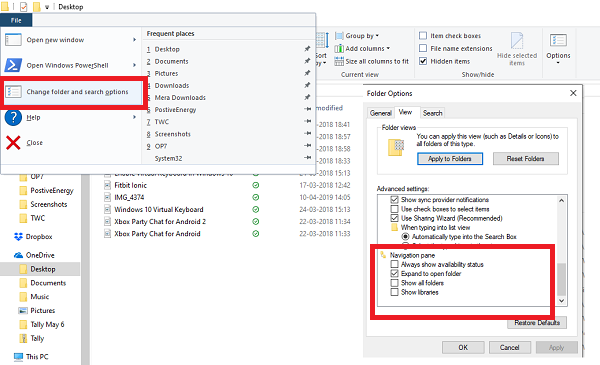

You have to click the Location tab to find the Move button. Windows 7 works in a similar way except that Documents Properties has half a dozen tabs. Click the plus sign (+) next to My Computer to show all your drives, then click the + for the D: drive, select your new folder (such as D:\Documents) and click OK. This will bring up a dialogue box headed "Select a destination". This opens a properties sheet called My Documents Properties.Ĥ. Right-click on My Documents to get a drop-down menu and select the bottom item, Properties. Now, the top entry in the right-hand pane is My Documents, the folder you want to move. Click in the left-hand pane, and select Desktop, the top entry in the list.

Type in the folder name you have chosen (eg Documents) and press Return/Enter.ģ. You can either do this via the File menu, or by right-clicking in the right-hand pane and selecting New then Folder from the drop-down menu. Double-click the D: drive icon to open that drive, and create a folder called 'documents' (or 'my documents', or whatever). You should now be able to see all your hard disk drives and any optical drives (Blu-ray, DVD or CD-Rom) in the right-hand pane.Ģ. Run Windows Explorer, go to the left-hand pane, and select My Computer.


 0 kommentar(er)
0 kommentar(er)
